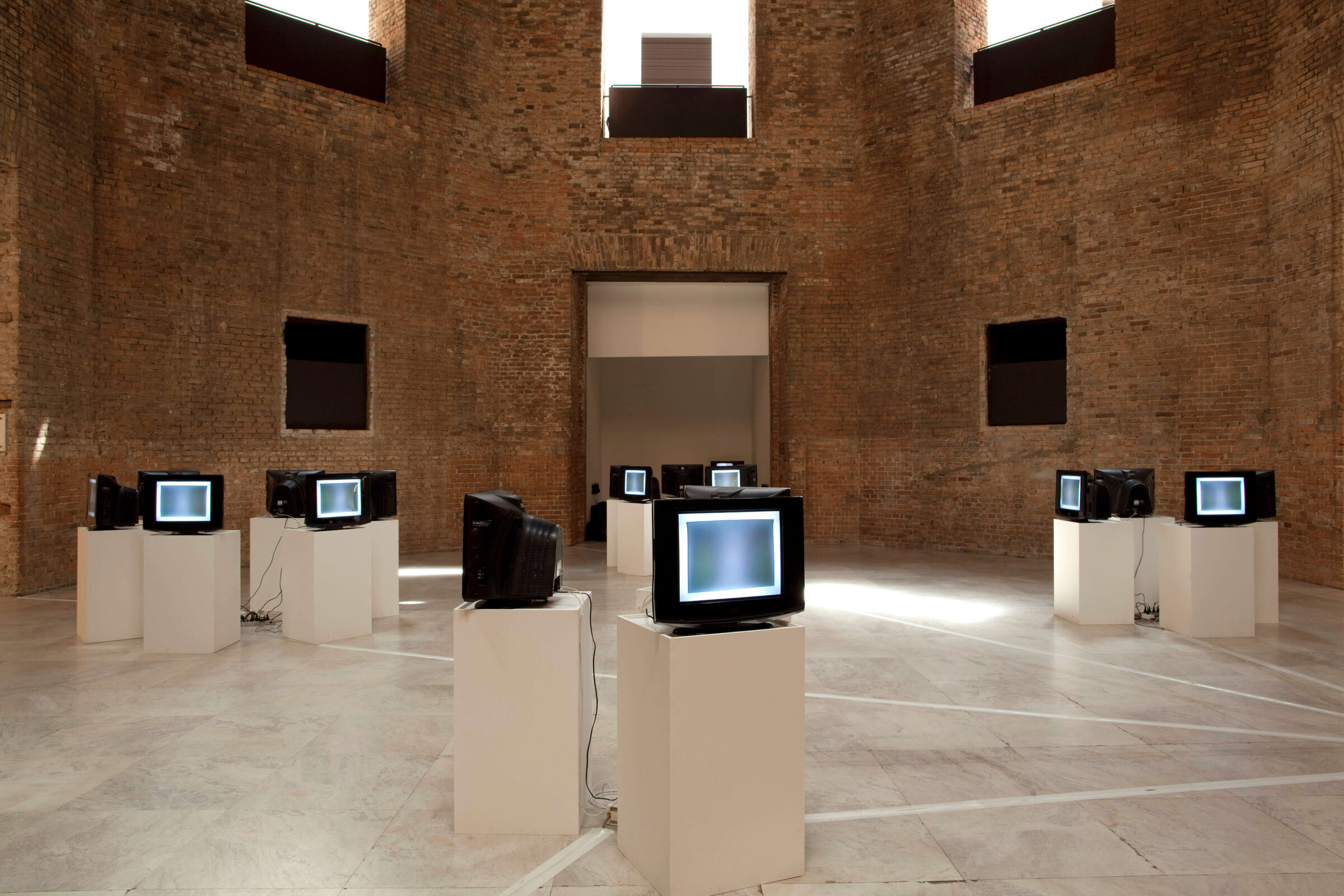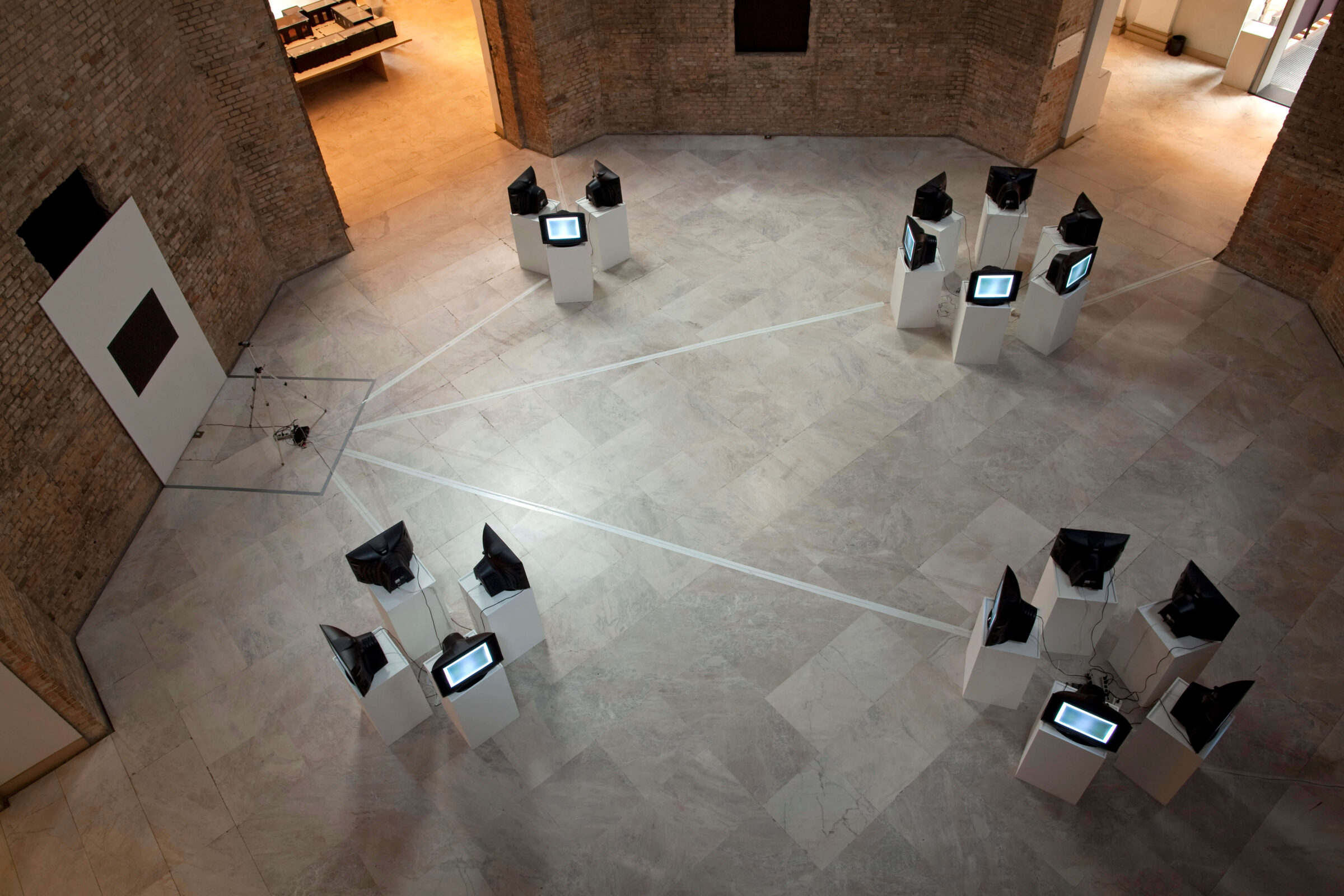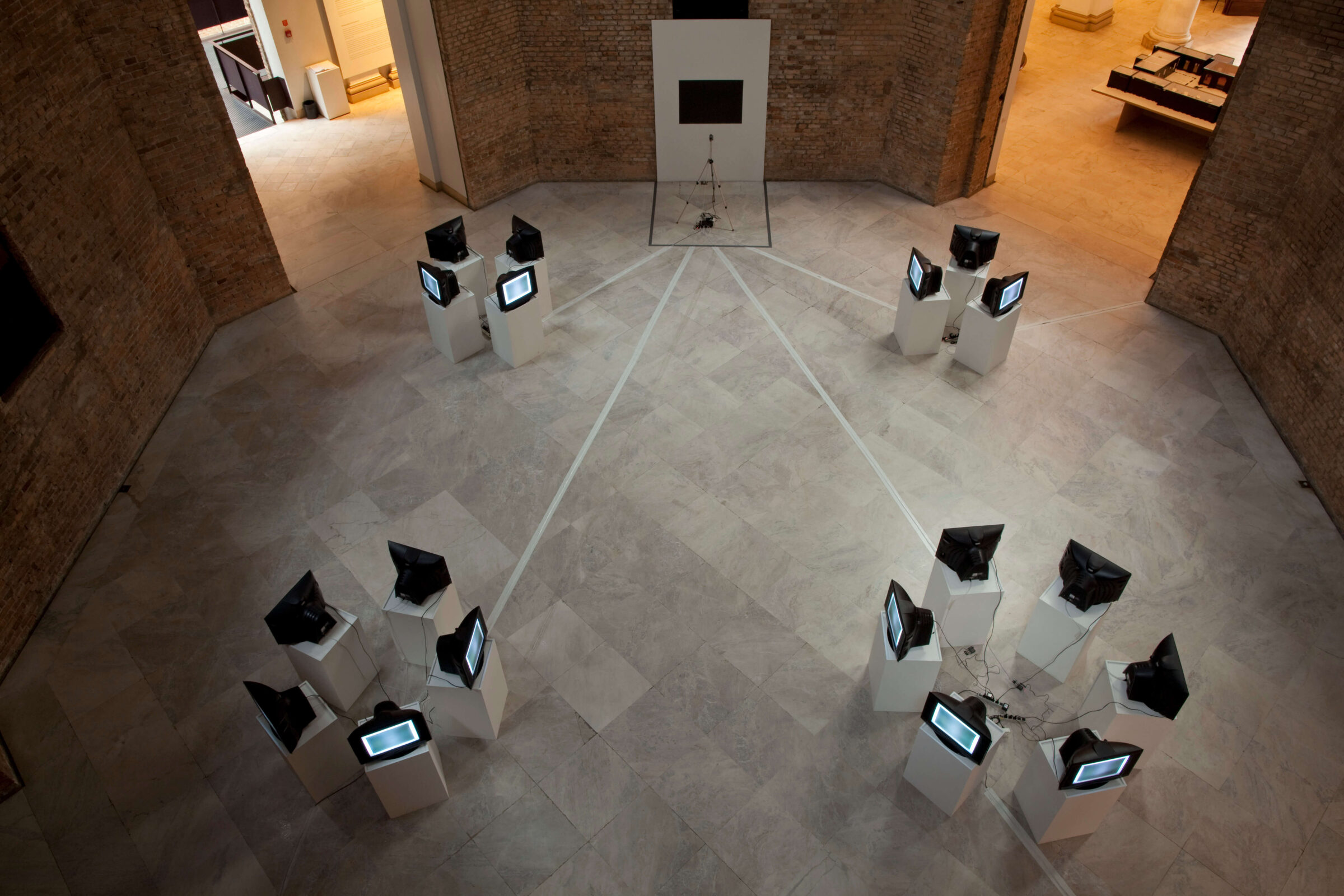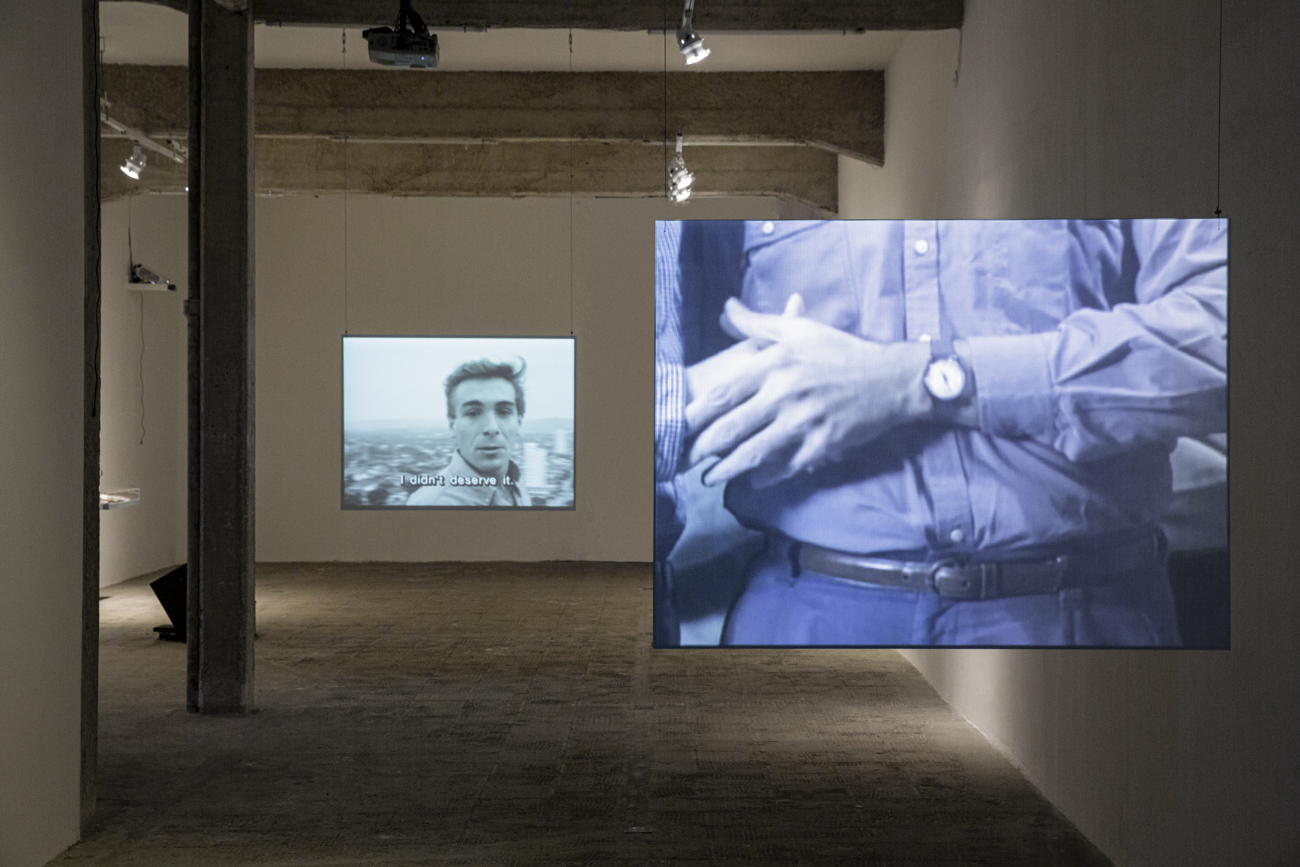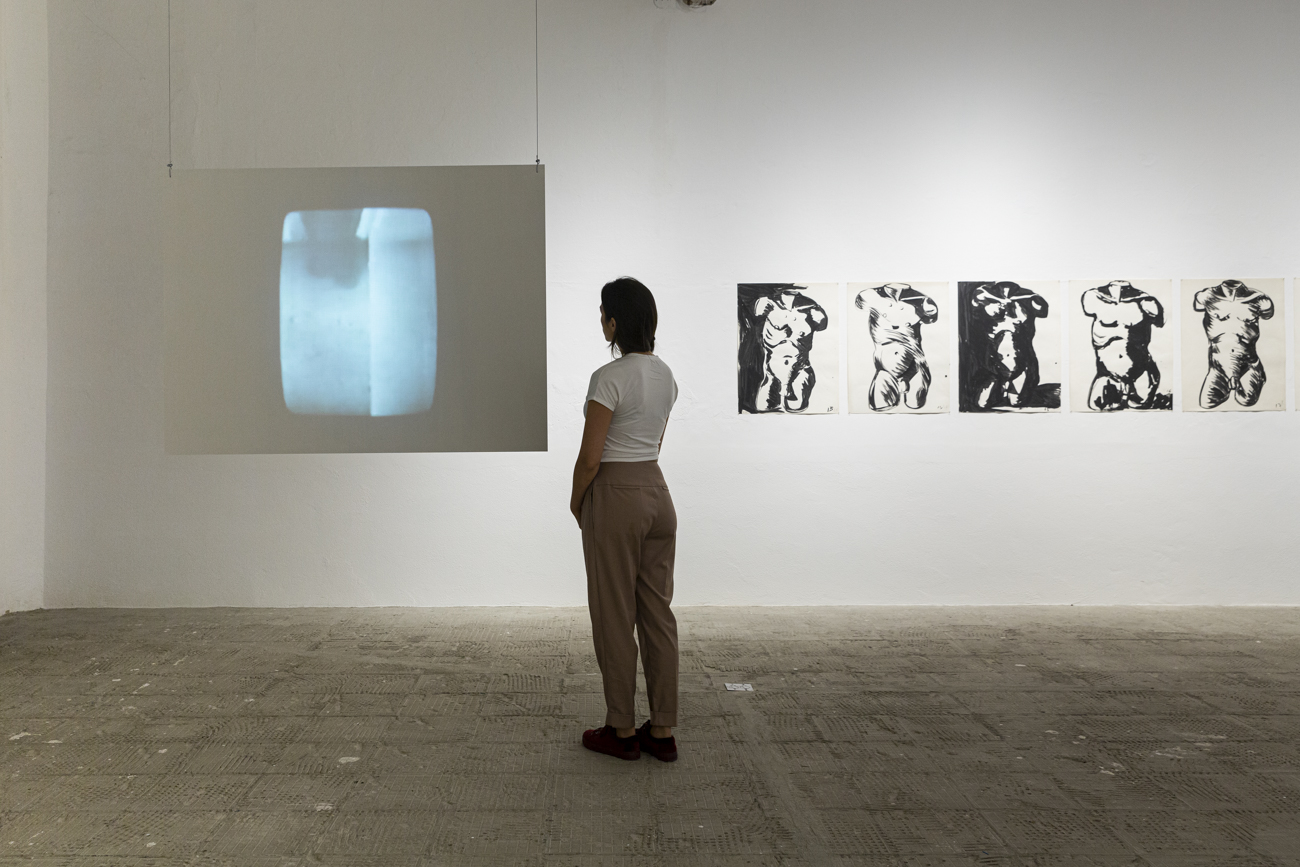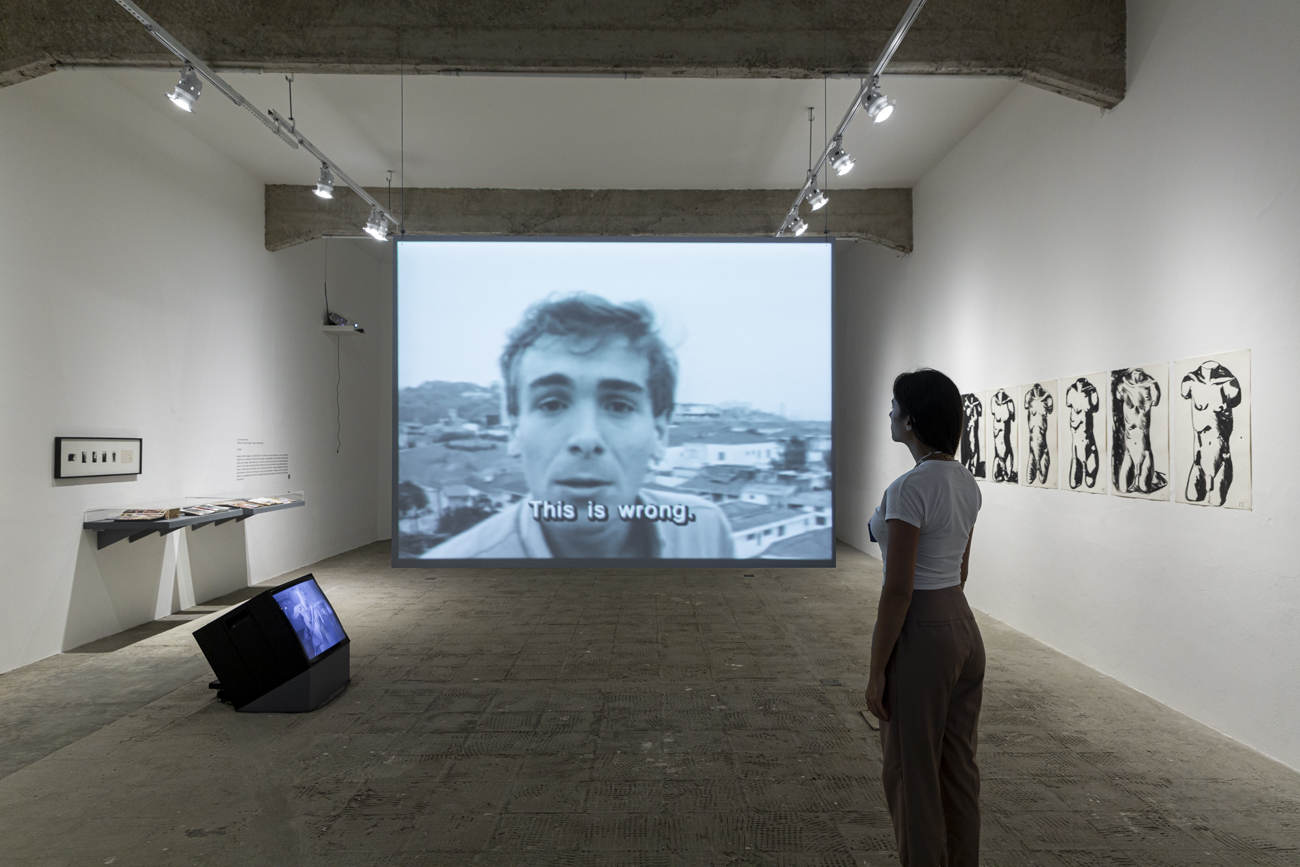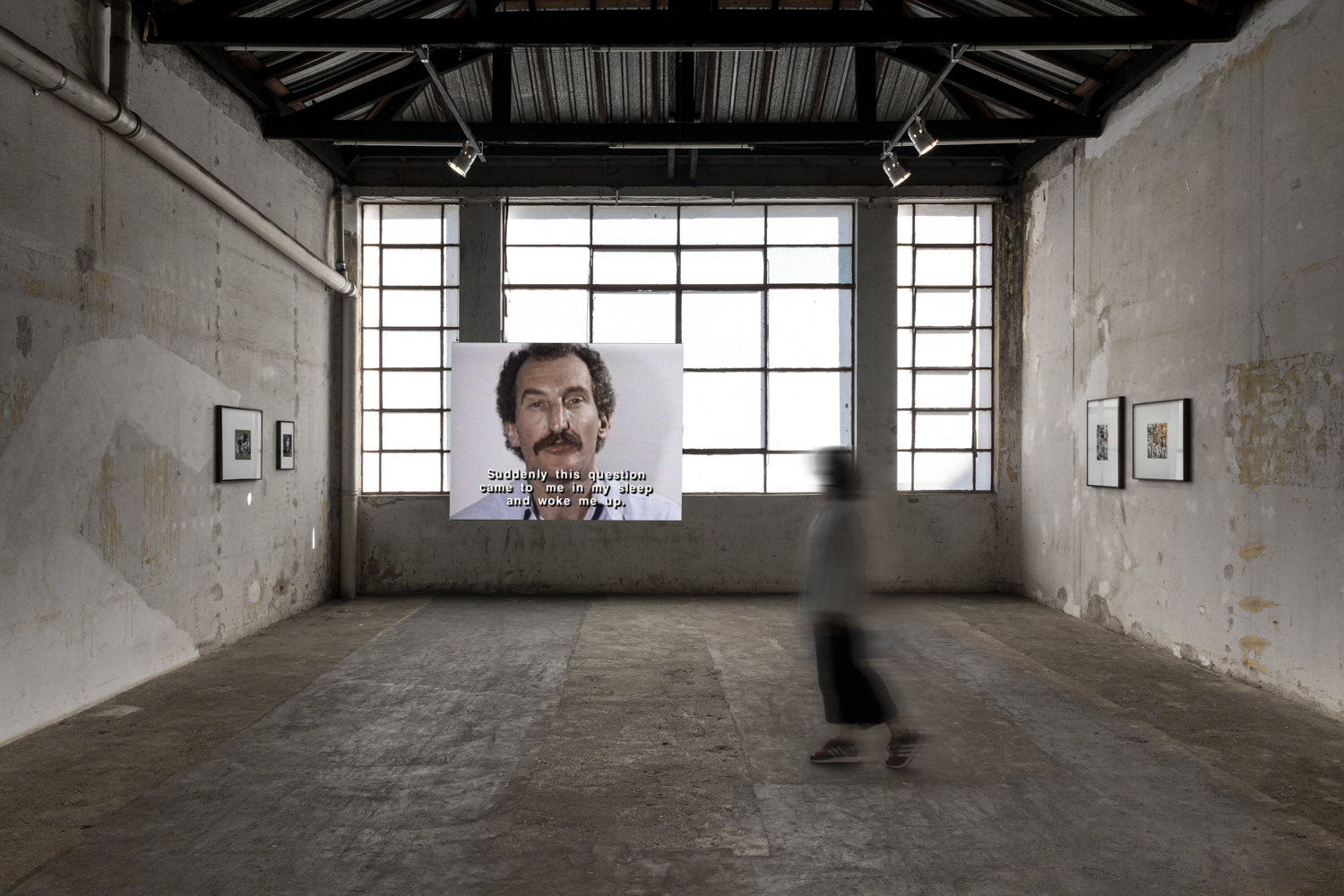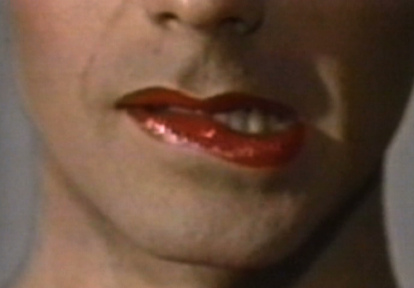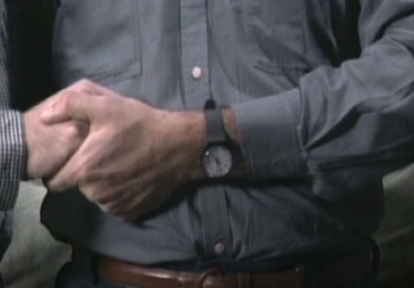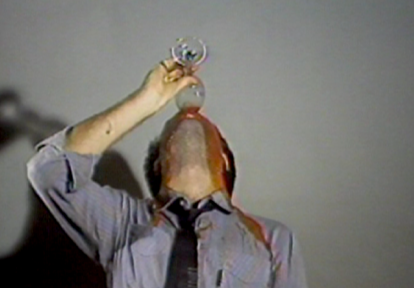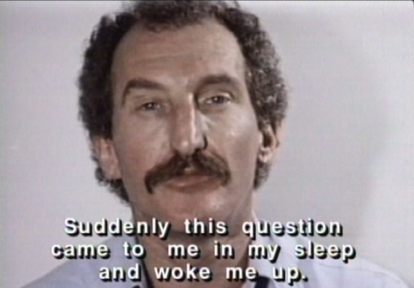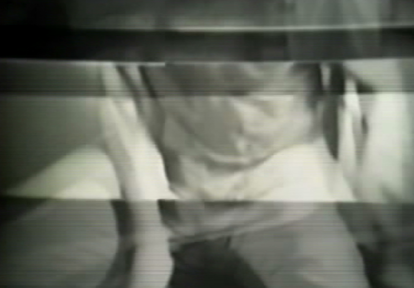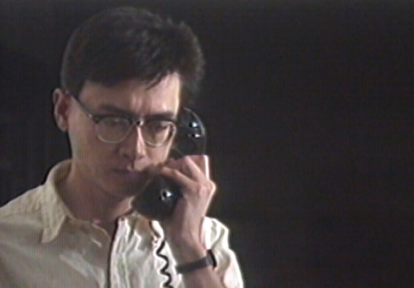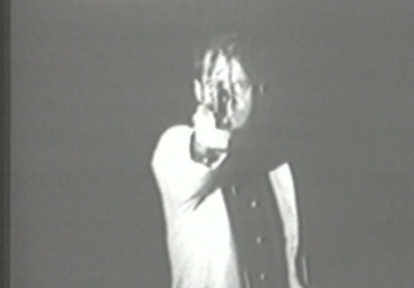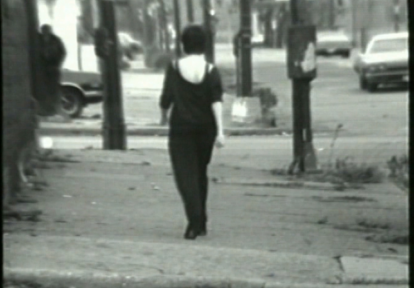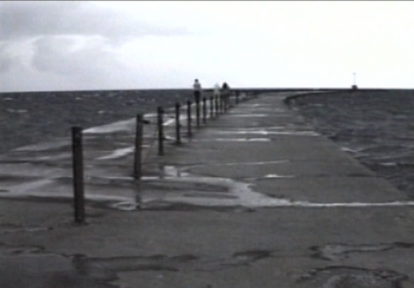Porto Alegre, Brazil, 1957
Chicago, USA, 1991
Rafael França’s work is recognized as one of the most coherent and systematic works among Brazilian artists who work with moving images. Leaving aside the use of video as a simple recording device, his work continued (and took even further) the experiments carried out by the video art pioneers of the 1960s. The narrative of his videos, elliptical and discontinuous, explored elements such as the absence of sync between sound and image, the alternation between fast and slow cuts, and images that are purposely blurry and out of focus. By making his friends, as well as himself, characters in his videos, Rafael França also expanded the limits of a fictional/documental narrative.
After studying drawing, painting, and lithography as a teenager, Rafael moved to São Paulo in the late 1970s to study at the School of Communications and Arts at the University of São Paulo, where, encouraged by artist and teacher Regina Silveira, he developed an intense research on engraving. By 1979, he began to explore xerography and, together with Hudinilson Jr and Mário Ramiro, he formed the group 3Nós3, which focused on urban interventions. Due to his interest in art and technology, and being influenced by artists such as Nam June Paik and Buky Schwartz, Rafael began to work with video installations. In 1982, the artist enrolled in a master’s program at the Chicago Art Institute (USA), where he dedicated his research entirely to video and began the series of works that would become his main legacy. A continuous and radical research that questions and explores the technical and conceptual elements that constitute video making.
Rafael França’s work was cut short by AIDS in 1991. Today, his work is part of the collection of institutions such as the Reina Sofia Museum (Madrid, Spain), the Museum of Contemporary Art – USP (São Paulo), the Museum of Modern Art (São Paulo), and Associação Videobrasil (São Paulo). His work has recently been presented in important retrospective exhibitions such as United by AIDS (Migros Museum, Zürich, 2019), Histórias da Sexualidade (MASP São Paulo, 2018), Expo Projeção (SESC São Paulo, 2014) and Speaking Out (MoMA New York, 1992).
